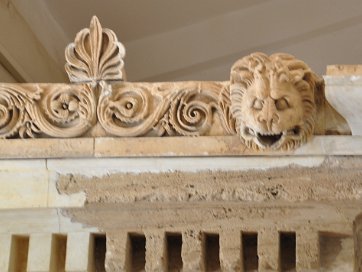
Peloponnese Peninsula
Peloponnese Peninsula, Greece – 2016. After Athens I traveled to the Peloponnese Peninsula and saw the Corinth Canal, the Theater of Epidaurus at Asklepios (shrine to the Greek god of medicine), the seaside town of Nafplio, and the Mycenaean Museum and archaeological site.